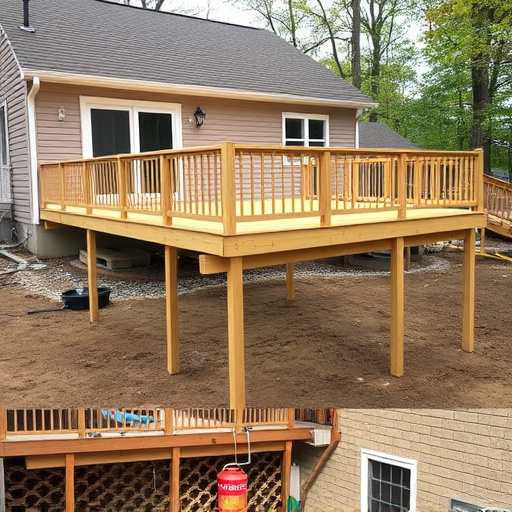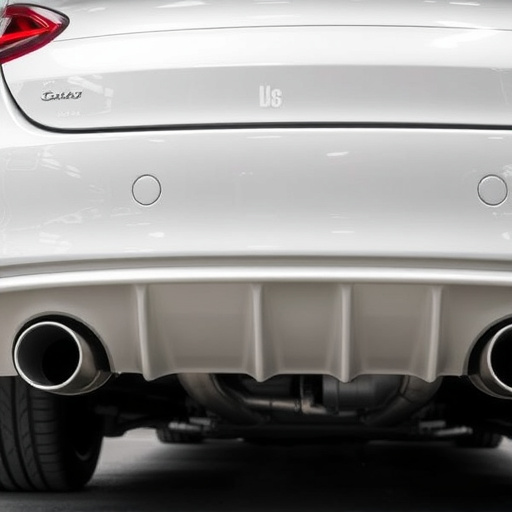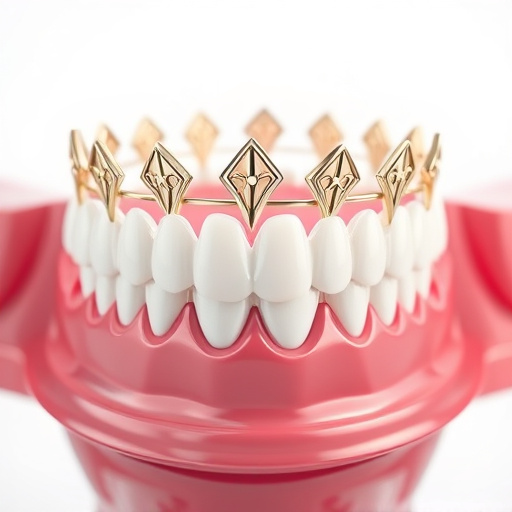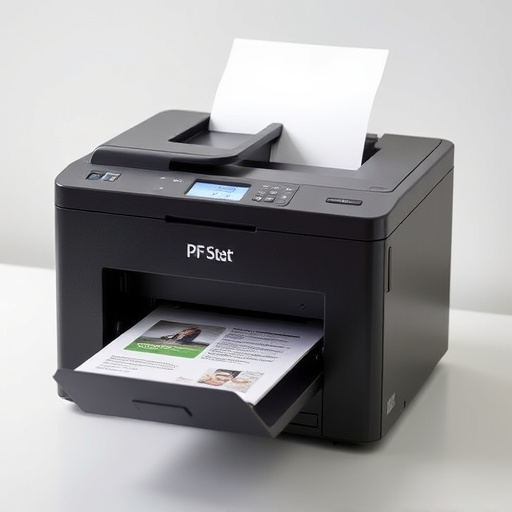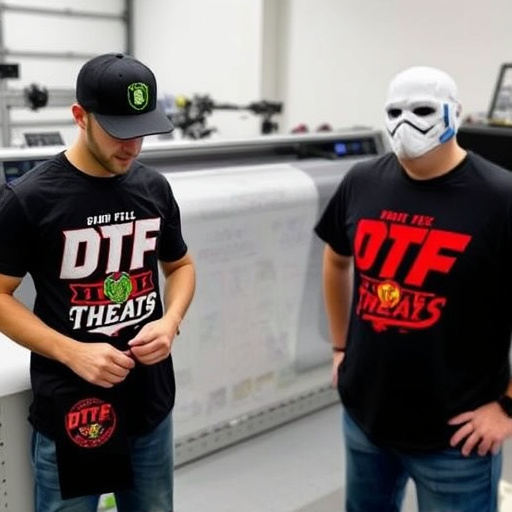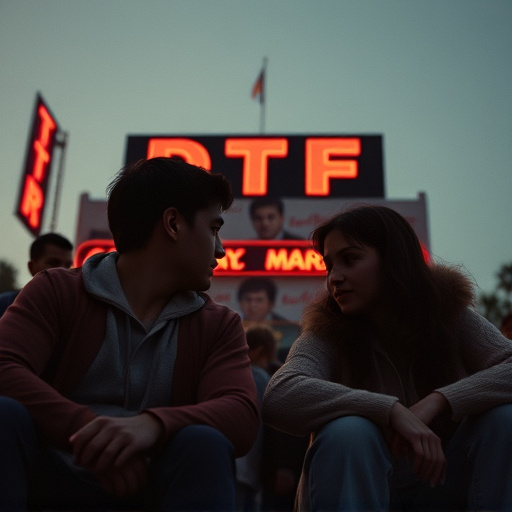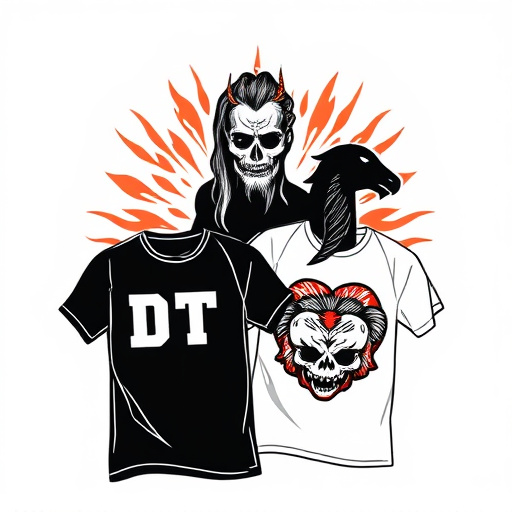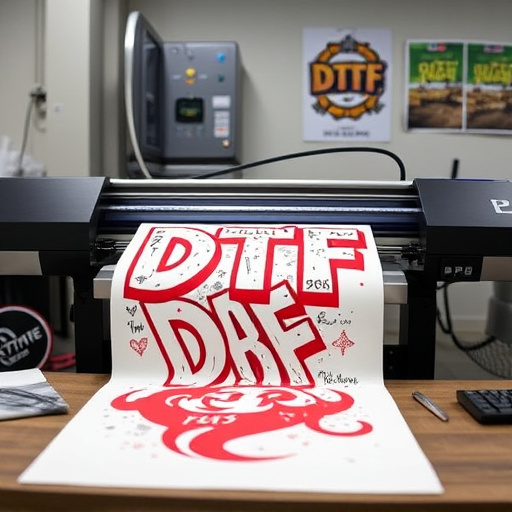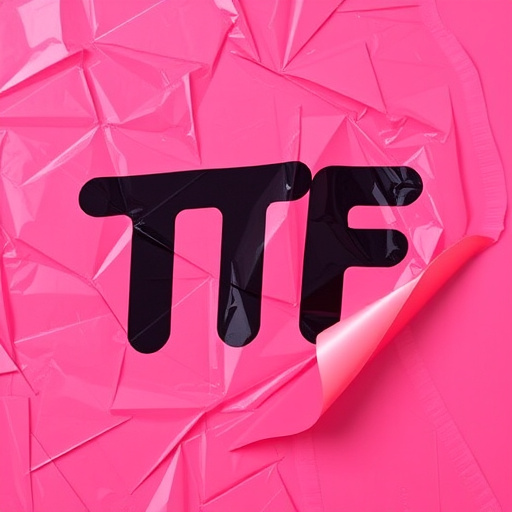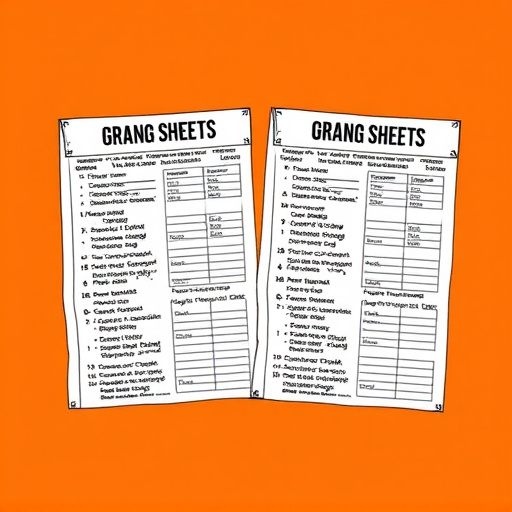Direct to Film (DTF) Printing is a cutting-edge technique for apparel production, eliminating screens and allowing digital printing on fabric. To optimize DTF processes, assess workflow efficiency, focus on design adjustments for light fabrics, automate tasks, and ensure technical requirements like high resolution (300 dpi or higher) and CMYK color mode for accurate prints. Allow sufficient space around the print area for consistent quality.
Direct to film printing is a cutting-edge method transforming the way we produce visuals, from vibrant banners to eye-catching packaging. This article guides you through the process of reordering designs in direct to film printing jobs, ensuring seamless and efficient production. We’ll cover fundamental direct to film printing basics, explore an optimized design reorder process, and provide tips to streamline your workflow for better results.
- Understanding Direct to Film Printing Basics
- Assessing Design Reorder Process
- Optimizing Designs for Efficient Reordering
Understanding Direct to Film Printing Basics
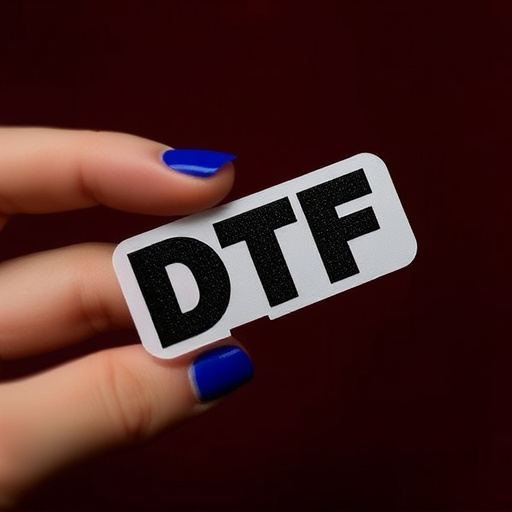
Direct to Film (DTF) Printing is a cutting-edge technique revolutionizing the apparel industry. Unlike traditional methods, DTF omits the need for screens, allowing designers to print directly onto various materials, including fabric. This process involves transferring ink from a digital file onto a film, which then serves as a stencil for printing on shirts or other textiles. The key advantage lies in its efficiency; designers can create intricate, detailed designs with minimal setup time, making it ideal for bulk dft shirt production.
Understanding the fundamentals of DTF Printing is essential for anyone looking to reorder designs. This method offers exceptional versatility, accommodating a wide range of print sizes and complexities. Whether it’s simple text or elaborate artwork, DTF can reproduce them with remarkable precision. Moreover, the technology enables fast turnaround times, making it an excellent choice for those needing to quickly adapt and restock their inventory, especially when comparing it to traditional screen printing methods.
Assessing Design Reorder Process
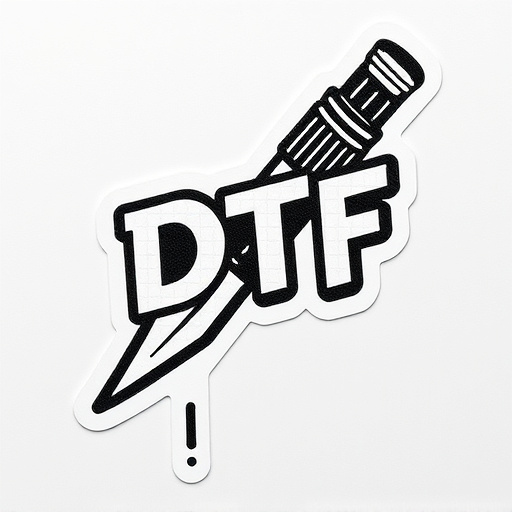
When reassessing your design reorder process for Direct to Film (DTF) printing jobs, consider the efficiency and effectiveness of your current workflow. Evaluate each step from design review to final print, identifying any bottlenecks or areas for improvement. One crucial aspect is ensuring that designs are optimized for DTF printing methods, especially when targeting light fabrics commonly used in apparel – this includes adjusting color profiles and considering material compatibility.
A streamlined process might involve implementing digital tools that automate certain tasks, like design scaling and layout adjustments specific to DTF techniques. Additionally, establishing clear communication channels between designers, print specialists, and clients can prevent mistakes and expedite reorders. For instance, using a heat press for DTF printing on light fabrics requires precise temperature and pressure settings, which should be clearly communicated throughout the process to achieve consistent, high-quality results.
Optimizing Designs for Efficient Reordering
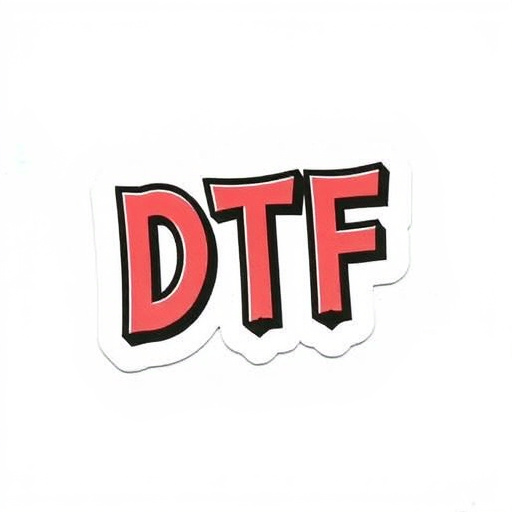
When reordering designs for Direct to Film (DTF) printing jobs, optimizing your design for efficiency is key. This means ensuring that your artwork is prepared with the specific requirements of DTF printing in mind. For instance, using a high resolution (300 dpi or higher) and proper color modes (CMYK for printing) ensures crisp and accurate reproduction on the final product.
Additionally, keep in mind the layout of the design when scaling and positioning elements. Since DTF printing involves applying designs onto custom sheets before heat pressing them onto garments, it’s crucial to allow sufficient space around the print area to accommodate the edges of the sheet. This prevents any important design details from getting cut off during the cutting process. By optimizing your designs this way, you’ll streamline the reordering process and ensure consistent quality in your DTF printing for hoodies or other custom garments.
Reordering designs in Direct to Film (DTF) printing jobs can be streamlined by understanding the basics of DTF printing, assessing your current process, and optimizing design elements. By implementing these strategies, you can enhance efficiency, reduce waste, and improve overall productivity in your print operations, ensuring that your DTF printing projects run smoothly and meet client expectations.
